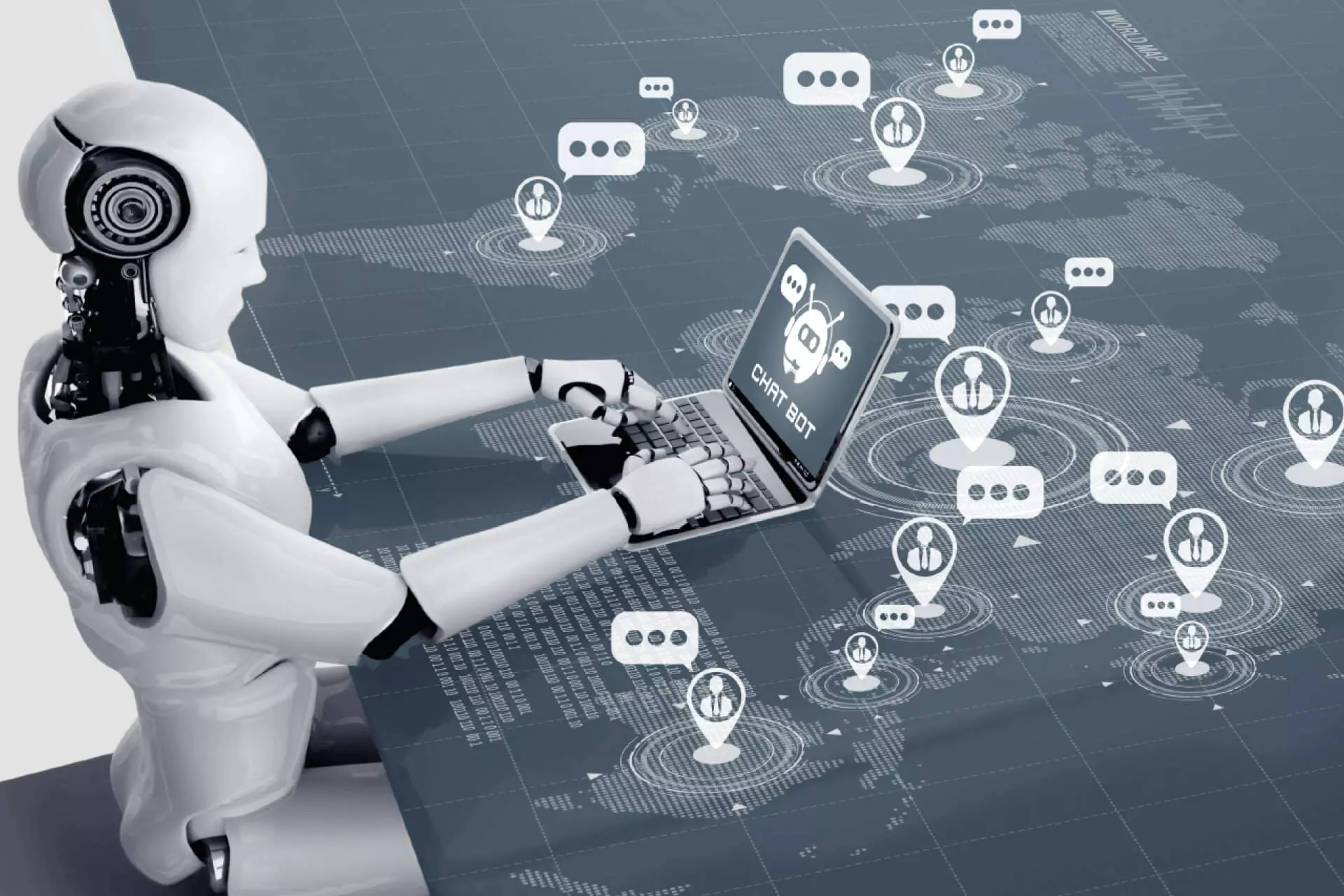In a period of technological advancement and innovation we have witnessed a dramatic shift in the way industries operate. Robots and automation have been used by major players in diverse sectors to improve productivity, improve efficiency and increase competitiveness in the market. At the center of this revolution is the robotics field, an area that covers the design, integration, and installation of robotics solutions across a multitude of industries.
Understanding Robotics Applications
Robotics, a field of science and technology, concentrates on the development as well as the operation and application of robots. A robot, in essence is a machine that is capable of carrying out tasks independently or with human assistance. They can execute repetitive or complex actions in challenging environments.

Robotics encompasses more than automation. It encompasses a broad range of applications that are designed to transform industries and enhance the lives of humans. Robots are gaining ground in many fields including manufacturing, healthcare and manufacturing to entertainment and logistics.
The rise of Automation – A Paradigm Change
Automation, particularly robotic automation, is at the core of modern industrial revolution. Automated systems integration has dramatically changed how businesses run. They optimize processes and drive efficiency. Automation is the process of making robots or machines accomplish tasks with minimum or any human involvement, and leveraging technology to increase speed, precision as well as productivity.
Robotic automation is the use of robots to complete tasks humans have previously performed. These robots can mimic human movements, making them a valuable asset in all sectors. When it comes to assembling goods in a factory line, or performing complex surgery in the field of healthcare, robots have changed the way that work is performed.
Automation by Robotic Process Automation (RPA) is an innovative efficiency improvement
Robotic Process Automation (RPA) is a specific type of automation that involves the use of robots to automate repetitive, rule-based processes within business processes. RPA utilizes software robots or “bots” for routine tasks. This allows human employees to focus on more difficult tasks.
The incorporation of RPA into business processes has proved to be an exciting development, providing agility, precision, and cost-efficiency to various sectors. RPA has radically changed workflows across many areas, including processing and billing data to customer service and HR.
Advancing Industries with Fanuc Robots
Fanuc is a well-known player in the field of robotics. They specialize in creating integrated, integrating, and deploying robots in various industries. Fanuc robots have a reputation for their reliability, precision as well as their versatility. They are utilized in a wide range of industries.
Fanuc robots have the potential to transform industries’ operations. The robots were designed to boost productivity and improve the amount of work done while maintaining the highest quality standards. Fanuc’s unique solutions have been designed to improve safety by removing employees from dangerous work.
Driving Competitiveness: The Fanuc Advantage
Industries that use Fanuc robots gain an advantage in their markets. The integration of Fanuc robotic solutions can result in greater return on investment (ROI) because of increased efficiency and effectiveness. Automating repetitive tasks and work-intensive tasks, businesses are able to reallocate resources to tasks that require creative problem solving as well as critical thinking and creative thinking.
In addition, Fanuc’s solutions for robots are tailored to meet the specific needs of different industries. Fanuc’s innovative approach in developing and deploying robots gives industries the ability to react quickly to market shifts, remain competitive and continue to achieve growth.
Future A glimpse
As technology advances and improve, the field of automation and robotics is likely to further evolve. The future may bring enhanced artificial intelligence, more efficient sensors, and a greater cooperation between robots and humans and humans, all of which contribute to an improved and more efficient working environment.
The final conclusion is that the integration of robotics and automation such as Robotic Process Automation, Fanuc robots is revolutionizing industries. It propels them to the future. The effectiveness gained from robotics can help businesses not only thrive in today’s competitive world as well as establishing technological advancements that open new avenues for innovation. As we stand at the cusp of a new age, the power of robotics and automation will surely continue to influence the future of our world.
